Many will wonder what exactly a chocolate package really means when it says “compound” or “couverture” when you go out to buy chocolate – it will most likely be included in your cooking. But, which one should you use for your chocolate cooking?
Which type is suitable for use?
The difference between compound and couverture chocolate
To ensure that you purchase and use the correct chocolate for your confectionery needs, it is important to know the difference between these two types of chocolate products. While each of these items has its place in confectionery, it can make the creation of your treats more laborious and your finished product not even as delicious as it could be by using the wrong one.
Couverture Chocolate
In contrast to the other ingredients, Couverture chocolate is better quality chocolate containing a higher proportion of cocoa butter than other chocolates. There is also chocolate liquor in it, but it doesn’t mean that it’s alcohol – just the liquid from the cocoa bean. Chocolate must contain at least 35 percent cocoa solids and 31 percent cocoa butter in order for the cover to be numbered. In order to produce a cleaner finished product, Couverture chocolate is often ground to a finer texture during the manufacturing process.
These higher-quality marks are why “real chocolate” is often referred to as couverture chocolate. While it is higher quality chocolate, to prevent flowering from occurring, it will need tempering prior to use.
Tempering can add a little extra work to your operation, but it will offer a beautiful shine and textured snap to your finished chocolate items.
Some of the brands that produce this type of chocolate are Valrhona, Callebaut, Ritter Sport, Belcolade, Patissier, Beryls, and others.
Compound Chocolate
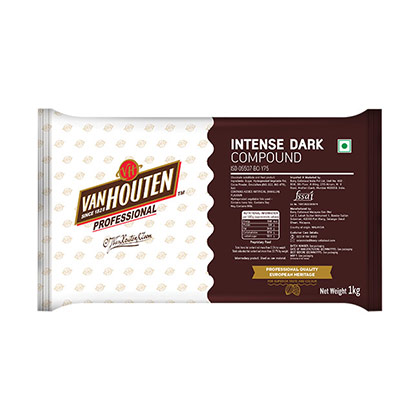
Where cocoa butter and chocolate liquor are made of couverture chocolate, compound chocolate is composed of cocoa powder and oil (usually cottonseed, palm kernel, or soybean). Although these ingredients make for more inferior chocolate, they also make the chocolate a lot easier to work with.
Compound chocolate needs no tempering to be used and after being melted, it will always set just fine. The crisp texture and nice shine of the chocolate cover will be missing. Compound chocolate comes with a much more affordable price tag due to it being made from less costly ingredients.
There are a lot of brands that cover this type of chocolate, as it is the most common one for higher-end chocolates. Some of them are Beryls, Van Houten, Patissier, Colatta, Selbourne, and some others.
When To Use Couverture Chocolate
We say that any time is a good time to use couverture chocolate because it’s superior to all other chocolates, but it’s usually more costly because of its higher quality. However, as the taste and texture of couverture chocolate is well worth the extra cash, you’ll definitely get more bang for your buck.
We recommend reserving the use of couverture chocolate for truffles, or chocolate bars if you’re worried about the cost when the flavor and texture of your finished confection will be most important. Couverture chocolate is an excellent use of any confection that needs tempering or dipping.
Couverture is mostly used for decorations or chocolate sculptures.
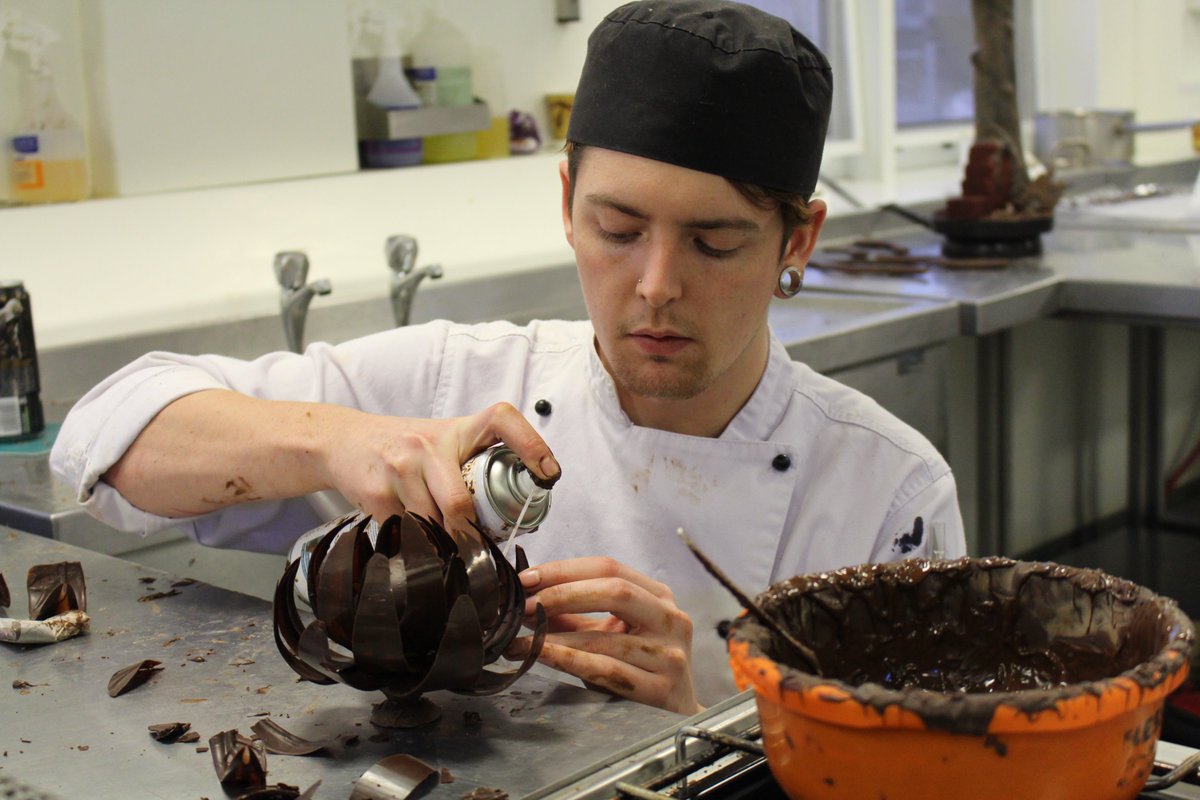
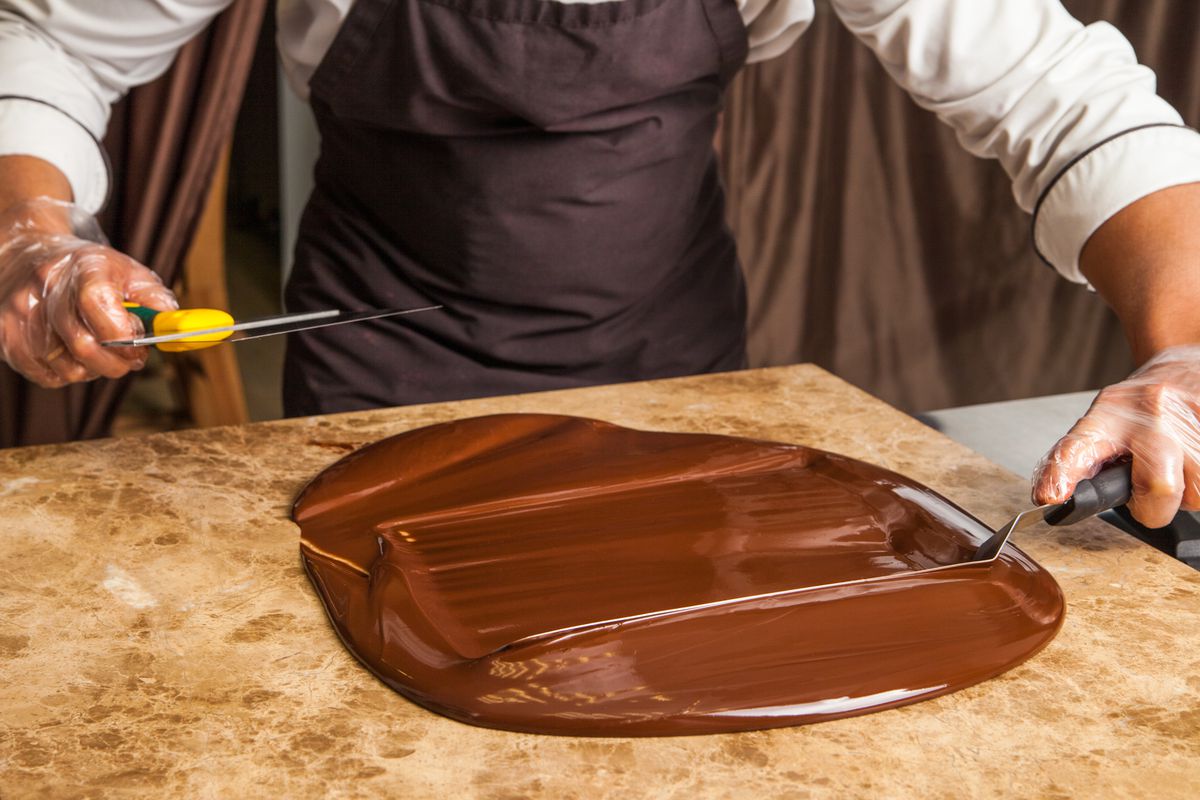
When To Use Compound Chocolate
For making molded chocolates, compound chocolate is perfect as it sets up well without the additional effort of tempering. In colder temperatures, it’s much more stable, but this is something you’re going to be up against. Even when it comes to applying liquids to it, compound chocolate is very durable. Your compound chocolate will seize up even the slightest amount of cold liquid into a gloppy mess.
The compound is used for more diverse uses like ganache or in your mousse. This chocolate can also be used as sculptures, but it wouldn’t have as much of a powerful taste.
The compound is better used in training because it is of a lower cost.
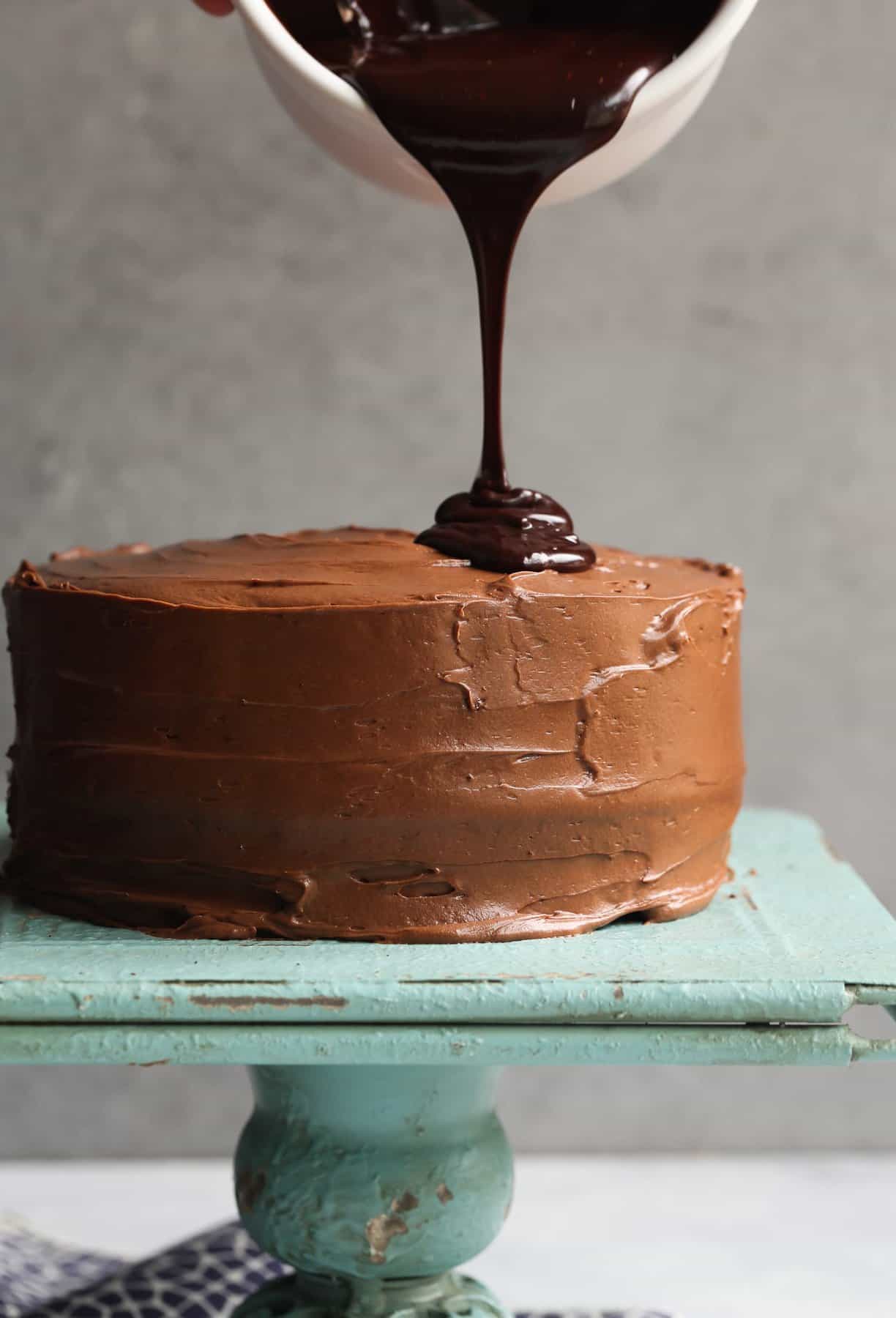
Taste
Luckily for chocolatiers, the difference between compound and couverture chocolate can not be tasted by most individuals. As most people cannot tell the difference between a good wine and a bad wine, they just drink what they like and what each person likes will always be different. We think it’s similar to wine. Unless tasted side by side, some form of a taste difference between the two types of chocolate is very difficult to distinguish.
How To Know?
To spot a Couverture, you’ll need to find these words on the label:
- Cocoa solid percentage (%)
- Fat/Cocoa butter percentage (%)
- The word “Couverture”
Then, we have the Compound, which is much more common and easier to find. Compounds have one of these three ingredients, which is the dark, milk, and white. Most Compounds also have other flavors made into them, like strawberry and many more.
Which Should You Use?
It all depends on your taste, just like a brand for makeup. The high end makes up costs much more because of how it’s made and the ingredients, while drugstore product serves the same purpose and result – though both have their own differences in terms of quality.
Both serve the same purpose
Source: Royal Whole Chocolate Sale, Blog Gygi

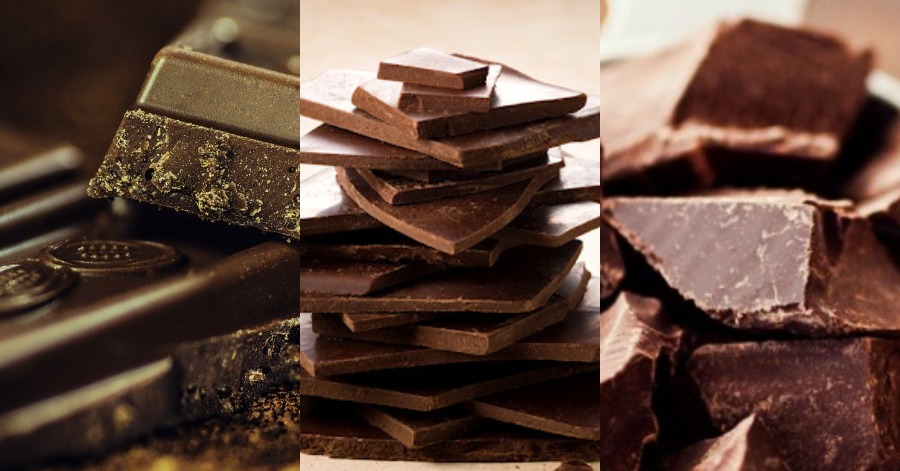



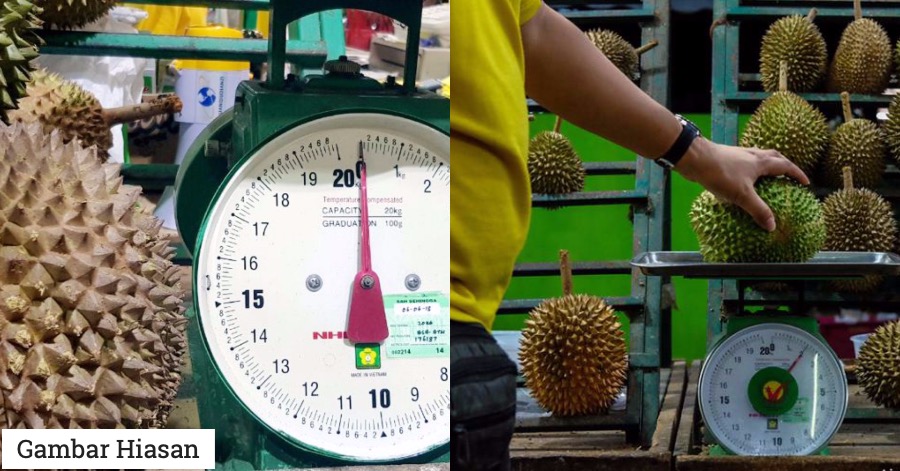
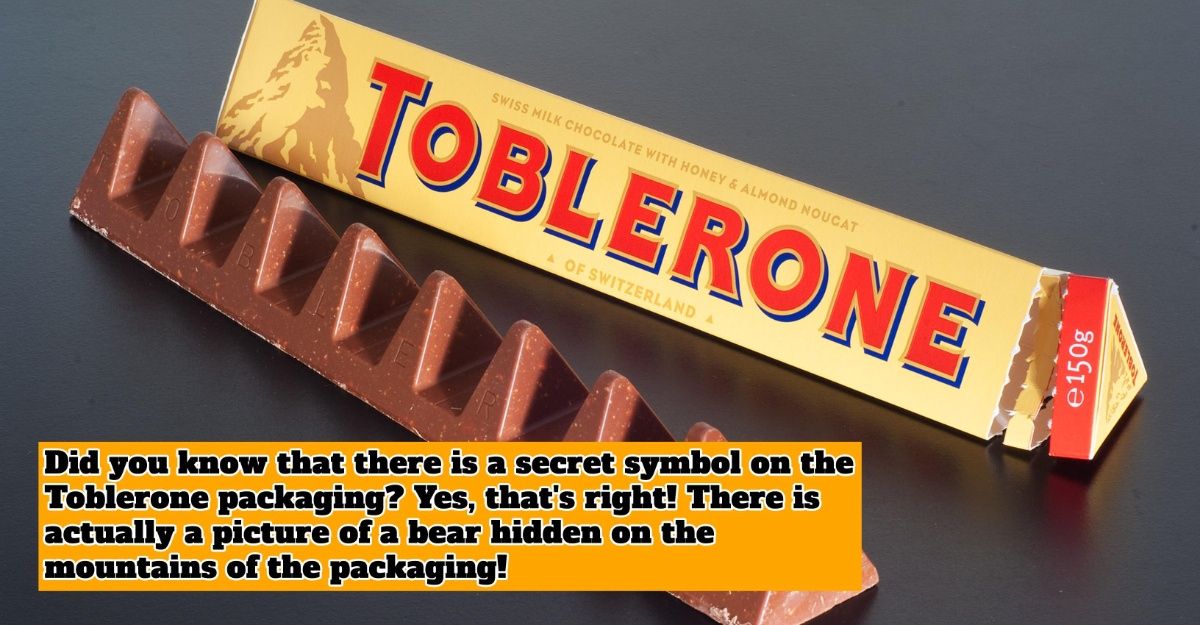

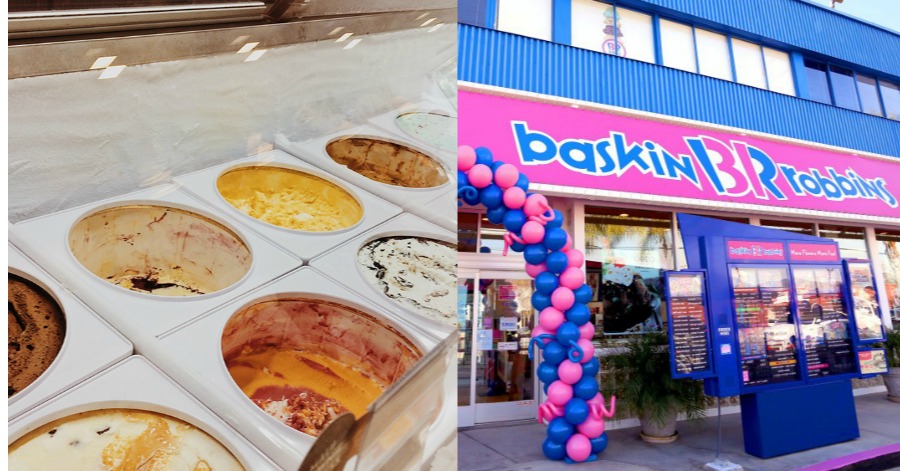
Leave a Comment